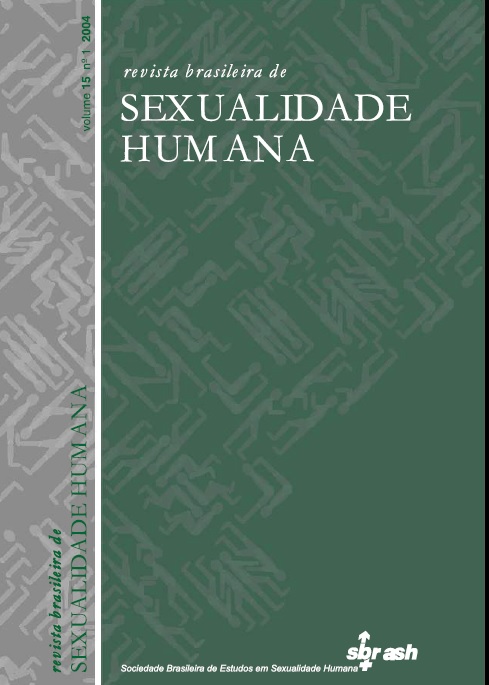A QUALIDADE DO FUNCIONAMENTO SEXUAL DE HOMENS E MULHERES
DOI:
https://doi.org/10.35919/rbsh.v15i1.509Keywords:
sexuality, quality of sexual functioning, dysfunctionsAbstract
The quality of sexual functioning of 626 participants (287 men and 339 women, aged 18 to 74) from 36 cities of the State of Rio Grande do Sul, Brazil, was evaluated through the Golombok Rust Inventory of Sexual Satisfaction (GRISS) in a non-clinical sample. Forty percent of the sampled men had premature ejaculation and 25,5% erectile dysfunction. Regarding women, 44,9% had pain during intercourse and 7,5% orgasmic dysfunction. Considering other aspects of sexuality, women, when compared to men: had lower frequency of sexual intercourse; disliked more touching and caressing the body and the genitals of their partners and having their body and genitals touched and caressed by the partners; avoided more sexual intercourse; felt more tension and anxiety when the partner wanted to have sex; expressed more rejection to what was done in coitus; and had more difficulties in asking their partners what they liked in sex or explaining their own preferences. Many sociodemographic phenomena also affected male and female sexuality. Among these factors were age, children, religion, place of residence (capital or countryside), work, marital status, and existence and number of other sexual partners.



